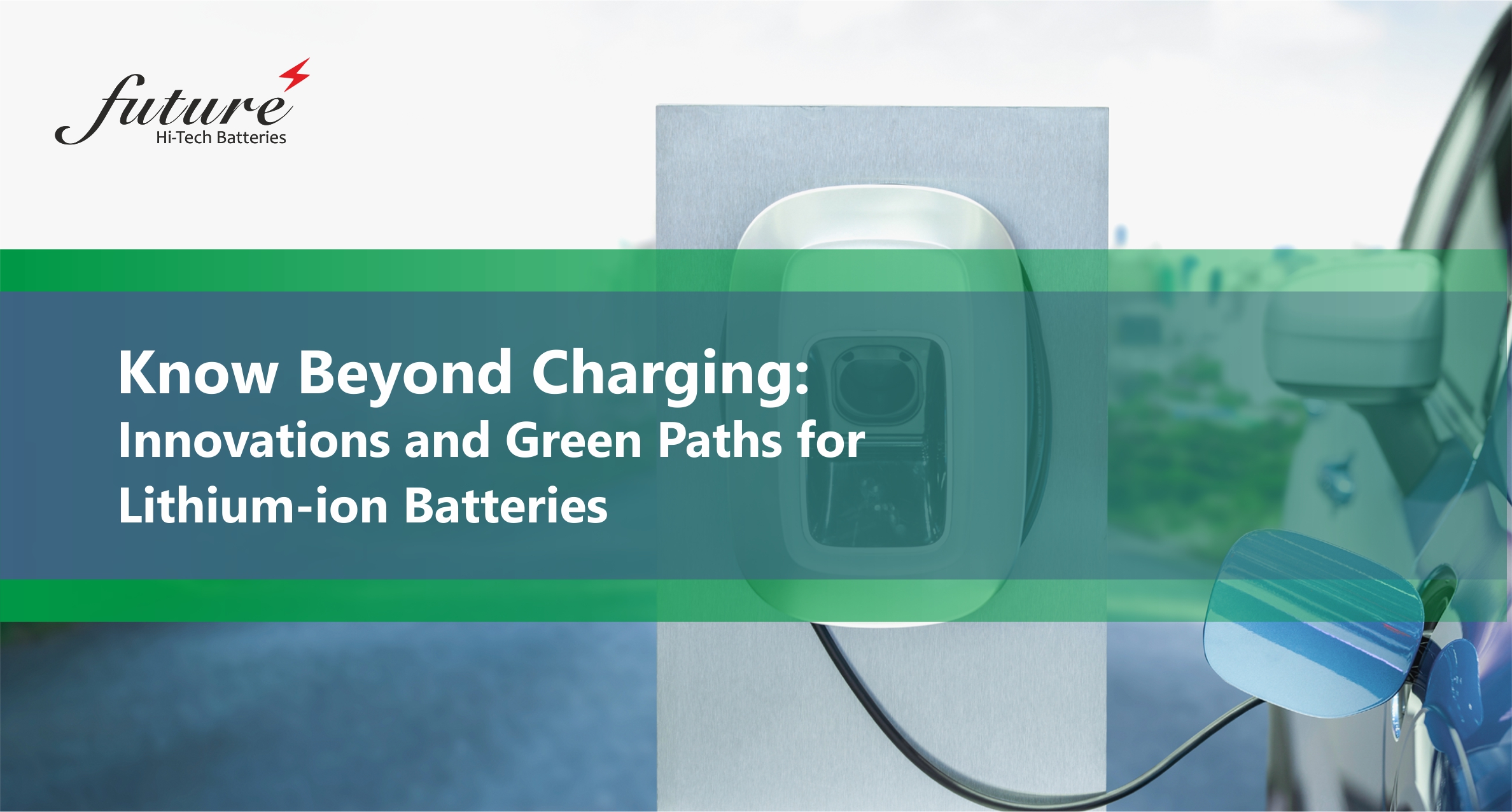Lithium- Ion batteries have become an integral part of our day-to-day life. They are popular due to their lightweight bodies, hold a lot of energy and are rechargeable. Compared to older energy storage devices, they’re much safer and more efficient, today whether it is a phone or an electric car, lithium power is behind all. While lithium-ion battery manufacturers are researching what comes next, lithium-ion batteries are currently at the apex of how we live, work and connect in a greener way.
Why did lithium- Ion batteries take over the world?
Basics and what it consists of
A battery management system (BMS) is an electronic system that monitors and regulates the parameters of a battery, like voltage, current, temperature and state of charge. It consists of sensors, controllers, and communication interfaces. The BMS collects data from various sensors to accurately assess the battery’s condition and performance. This data is then processed by algorithms that anticipate potential obstacles and make decisions to optimise battery health and performance. The condition and change of the batteries are evaluated for battery management systems (BMS) that can be designed using centralised, modular, or distributed architectures.
Centralised architecture features a master
The controller is responsible for functions like cell monitoring, battery safety operations, cell balancing, thermal control, and SOC estimation, however, its complexity increases with battery capacity.
Modular/distributed architecture
It addresses the complexity of centralised systems, which further makes it suitable for longer battery backups.
Safe operating area (SOA)
SOA ensures the battery’s voltage, current, and temperature remain within permissible limits. Deviation, such as over/under voltage or temperature, is identified and managed by the BMS, which monitors individual cells and acts as an interface between the input and output systems.
State of charge (SOC)
SOC indicates the available battery capacity expressed as a percentage of its rated capacity, and cell balancing. Cell balancing equalises cell voltages and SOC in a battery pack, extending its life and improving safety. It mitigates stress caused by cell over-/under. Voltage reduces hazards and ensures optimal energy utilizing while maintaining battery health.
Lithium-ion batteries have revolutionised energy storage, constantly evolving and emerging to address limitations and meet future demands. Llithium-ion batteries will likely continue to play a significant role and the next generation of these batteries promises to be even more efficient, safe and sustainable, paving the way for a cleaner and more electrified future.
Follow us on LinkedIn.








Your Comment Please